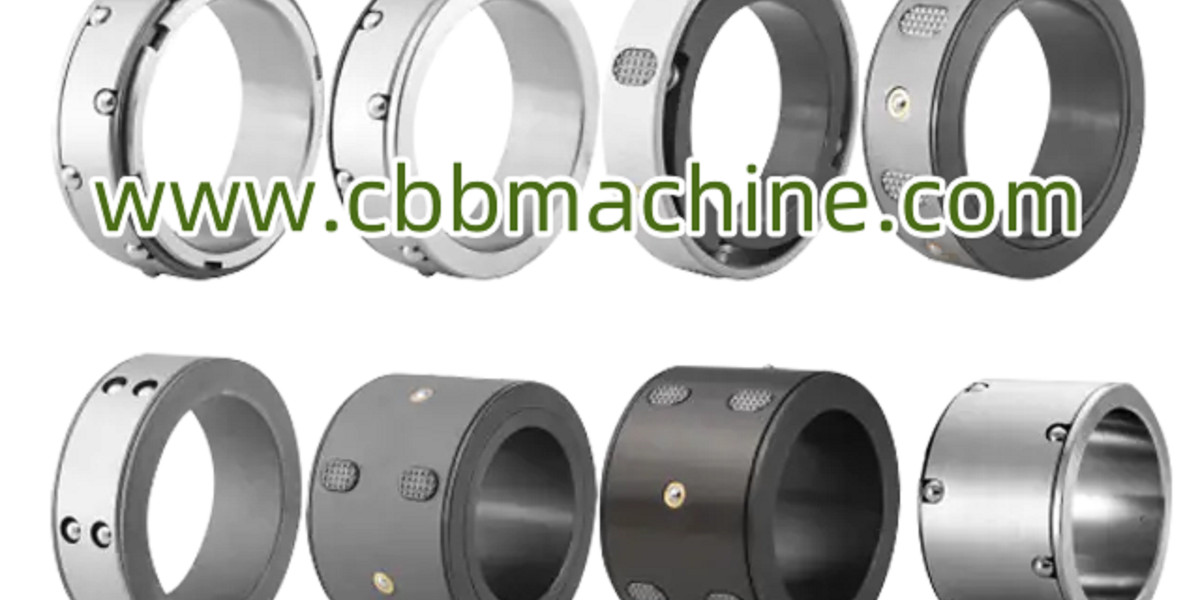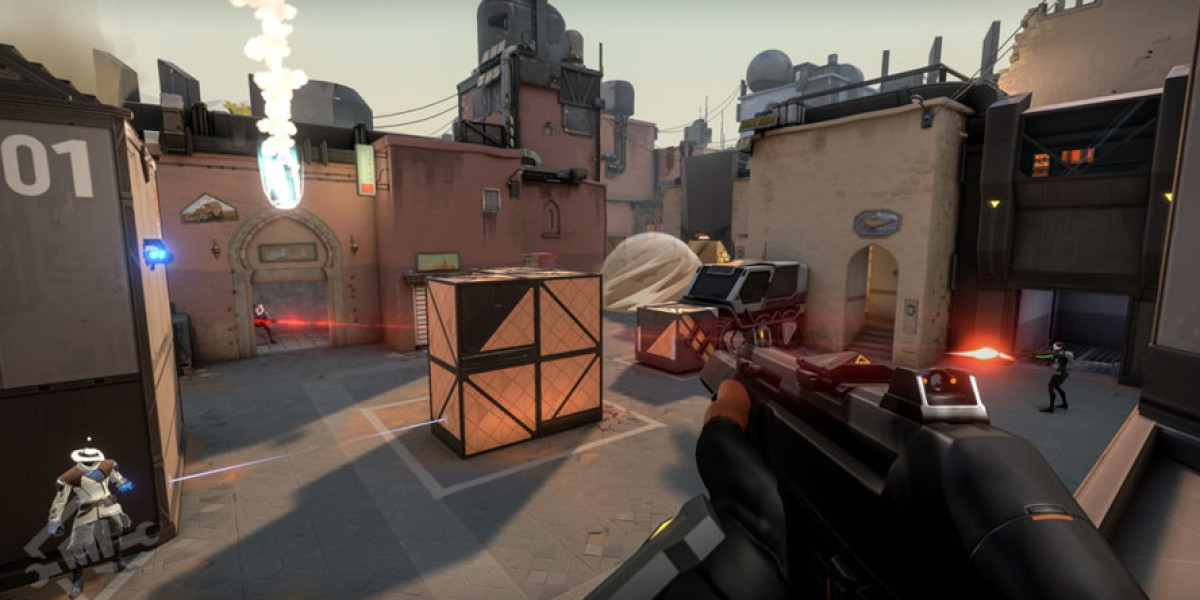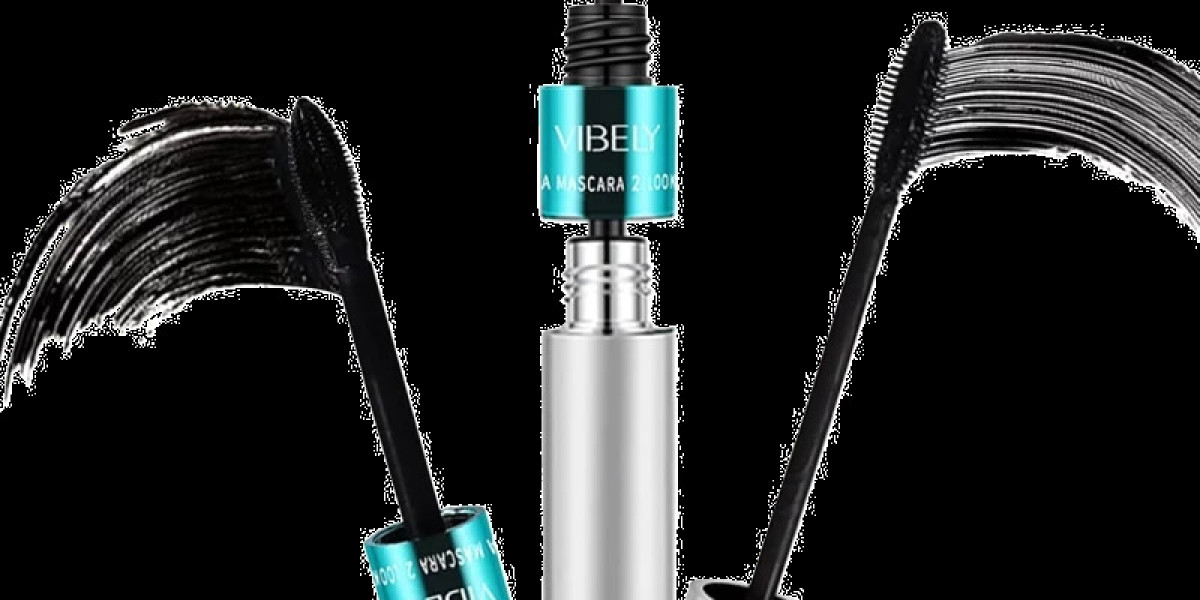Understanding the Role of the Differential Shaft in Modern Manufacturing
In the evolving landscape of industrial automation and web handling, the Differential Shaft plays a vital role in improving efficiency, accuracy, and overall production output. Whether used in the paper, plastic film, textile, or converting industry, the differential shaft provides a reliable solution for tension control and slitting precision.
A differential shaft is designed to allow independent movement between multiple cores mounted on the same shaft. This feature helps maintain consistent tension across each roll, even when diameter variations or differences in material thickness are present. By accommodating these differences during high-speed unwinding or rewinding, manufacturers can avoid issues like misalignment, core slippage, and uneven winding tension.
One of the key benefits of a differential shaft is its ability to reduce waste and enhance material usage. In many traditional shaft setups, unequal material tension could result in damaged or poorly wound rolls. With a differential shaft, adjustable torque mechanisms ensure uniformity, which reduces the number of rejected rolls and saves on material costs.
The structure of a differential shaft typically includes friction rings, ball locks, tension-control sleeves, and a core adapter. These parts work together to distribute the required torque evenly, no matter how many rolls are mounted. This makes the shaft a flexible component in industries where multiple web widths and materials are processed simultaneously.
Differential shafts are also known for their adaptability. Manufacturers can customize the shaft’s diameter, length, friction mechanism, and core holding system based on the specific requirements of the machine or production line. This makes the differential shaft an ideal solution for companies that prioritize operational versatility.
Another important consideration is the shaft’s durability and ease of maintenance. A well-built differential shaft uses high-strength materials such as hardened steel or aluminum alloy, ensuring it performs reliably even in high-speed operations. Regular cleaning and occasional replacement of wear components keep the shaft functioning at peak levels, minimizing unplanned downtime.
As more industries move toward automation and high-speed, high-volume production, the differential shaft continues to gain traction as a smart investment. Its contribution to product quality, waste reduction, and line efficiency makes it a go-to component for manufacturers aiming to improve their processes.
Moreover, global demand for flexible packaging, protective films, and multi-layer laminates continues to grow. This trend makes precise tension control and efficient roll management more critical than ever. Suppliers that offer high-performance differential shafts are helping manufacturers meet these market demands with confidence.
Whether you're looking to enhance a slitter rewinder, upgrade an existing machine, or build a new production line, integrating a reliable differential shaft system can be a strategic step toward improved productivity and material quality.
For a wide range of customizable machinery and precision-engineered components, including the differential shaft, visit:








